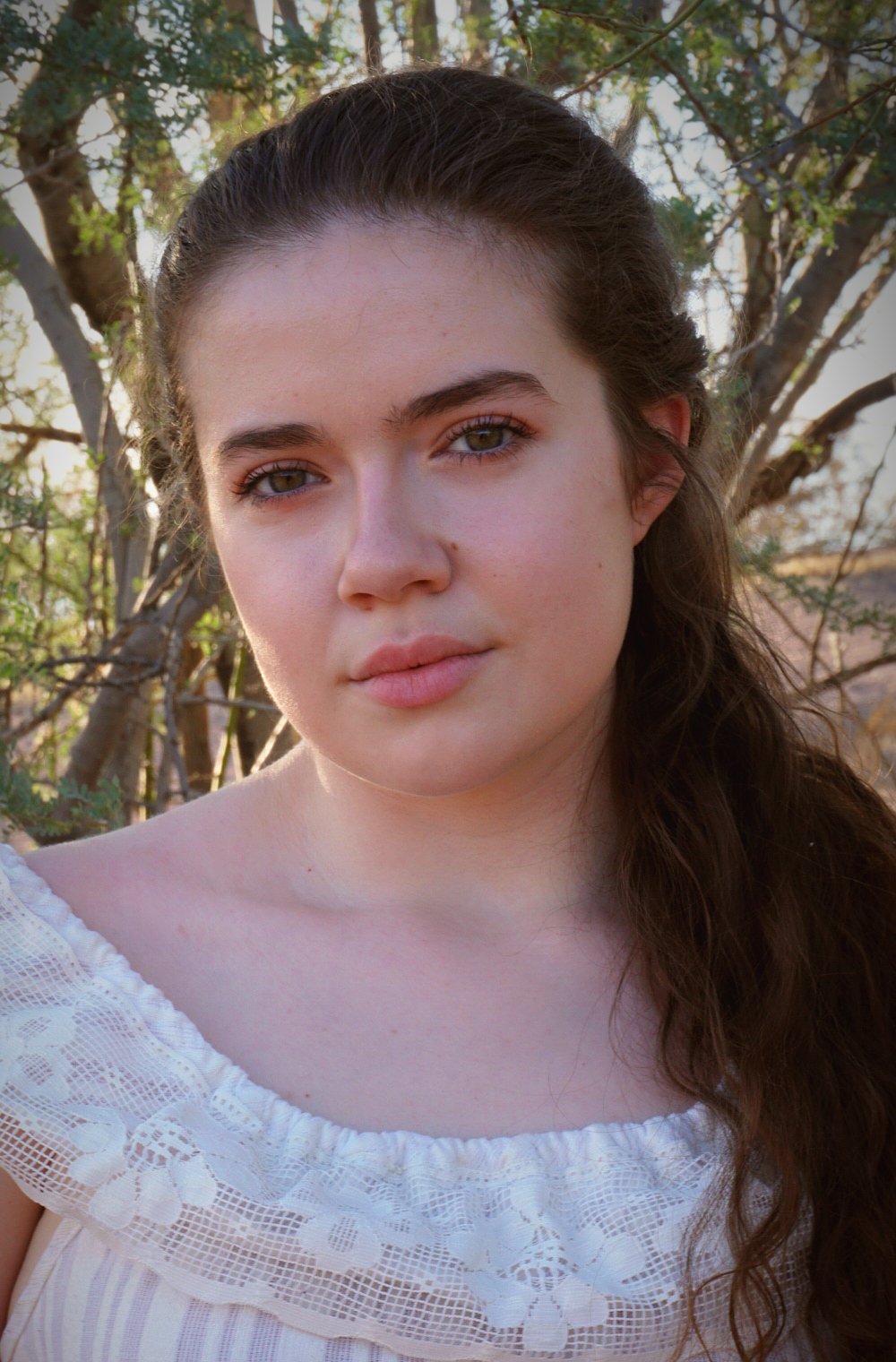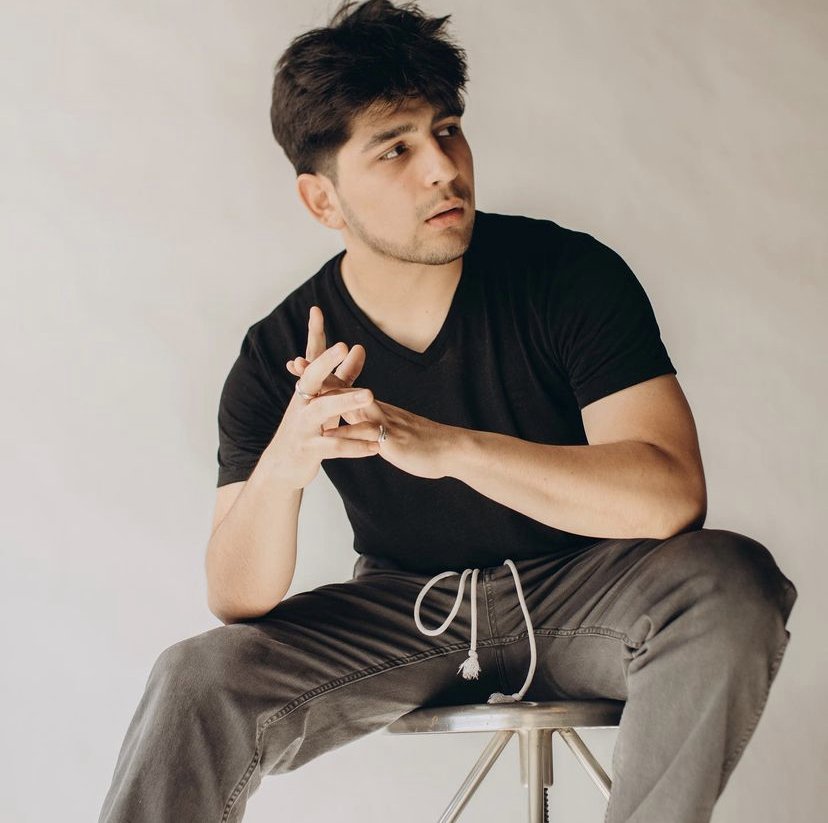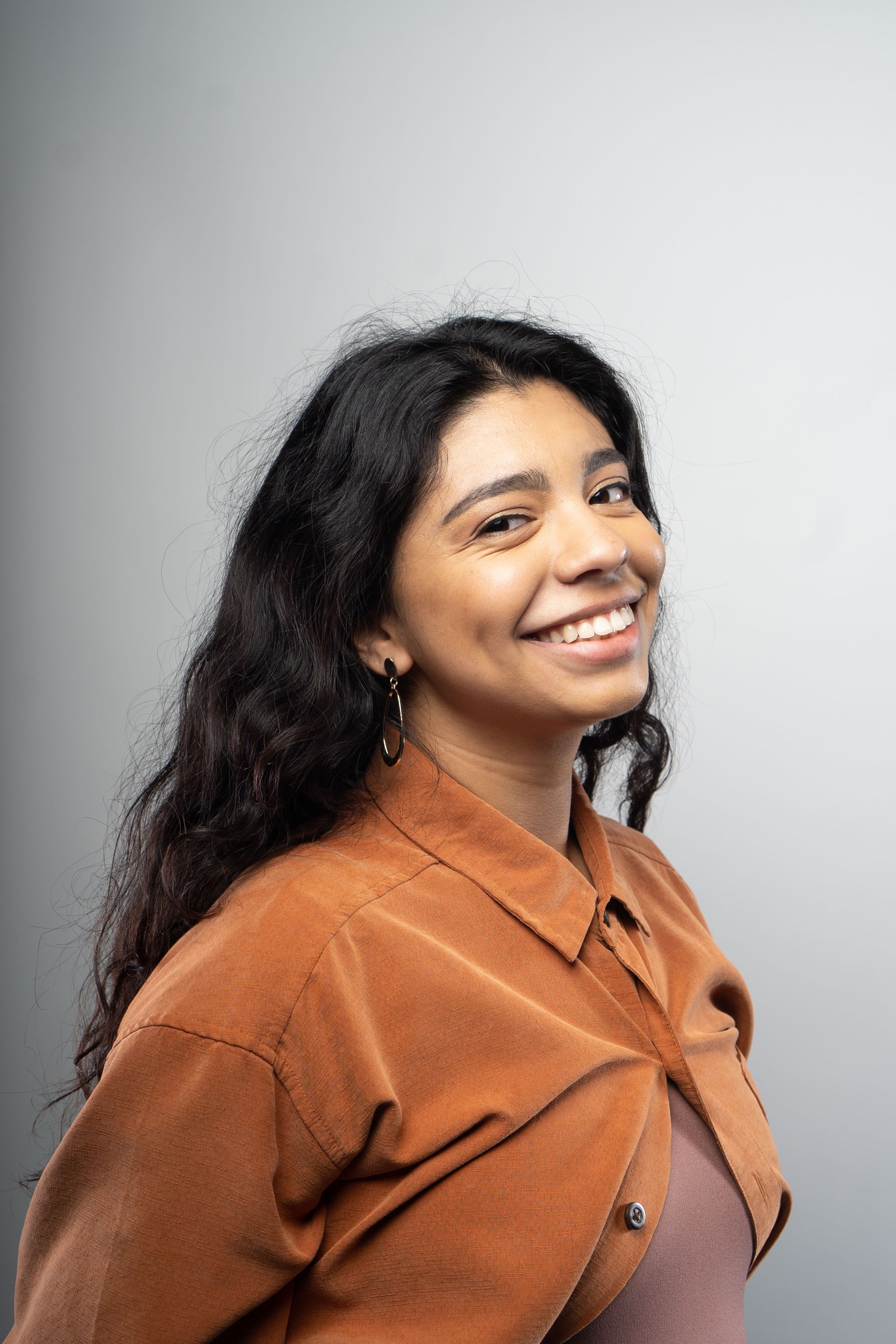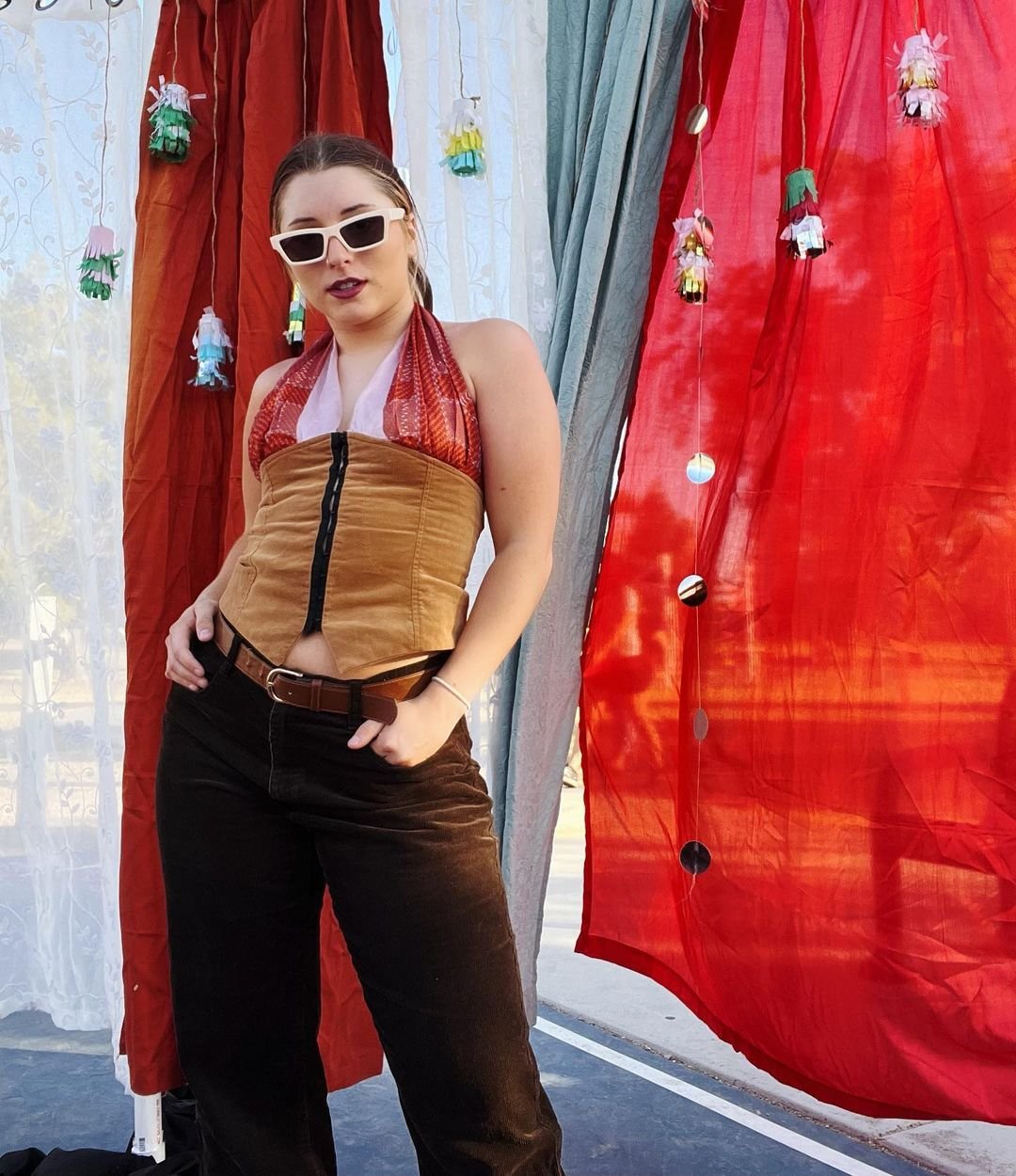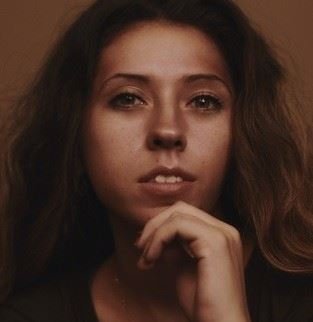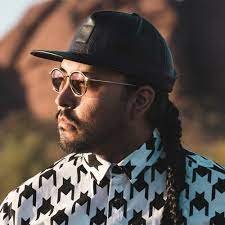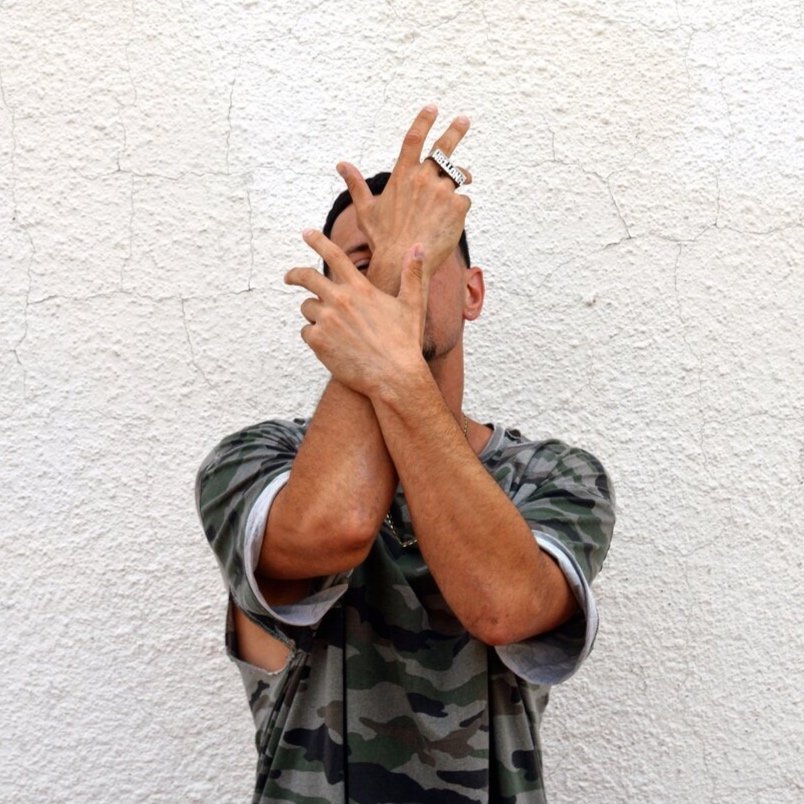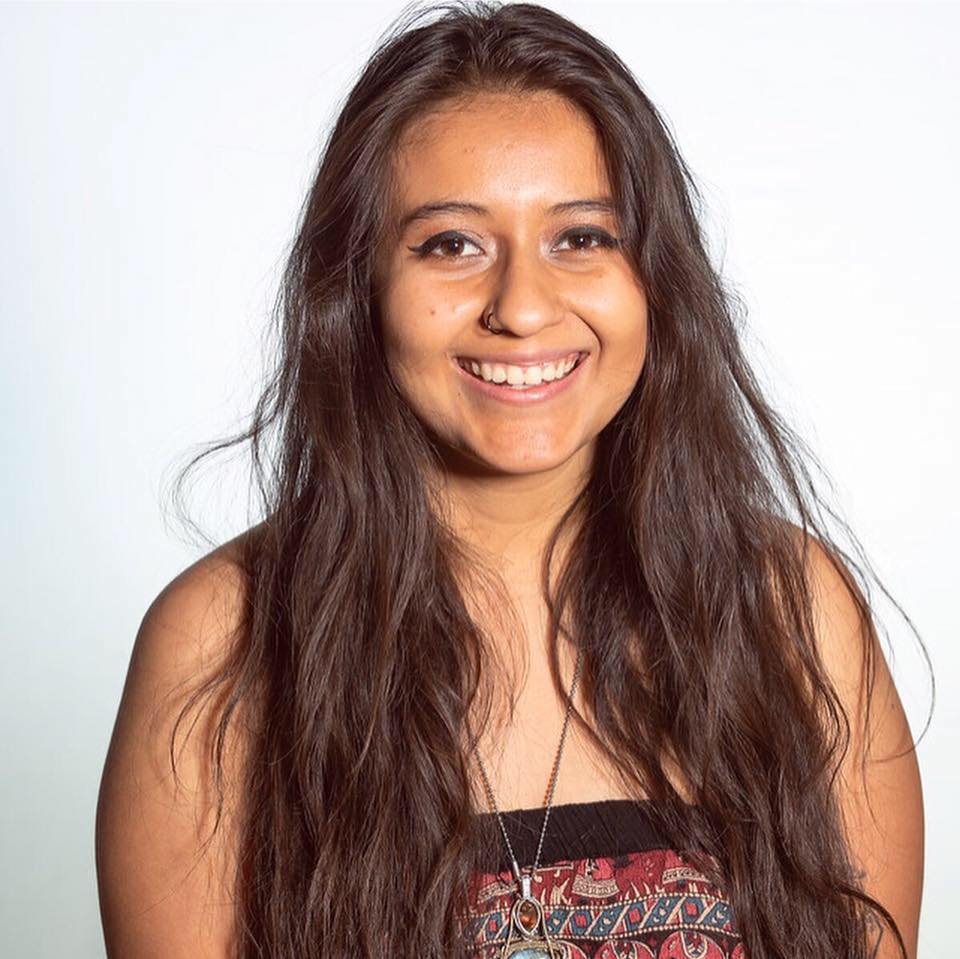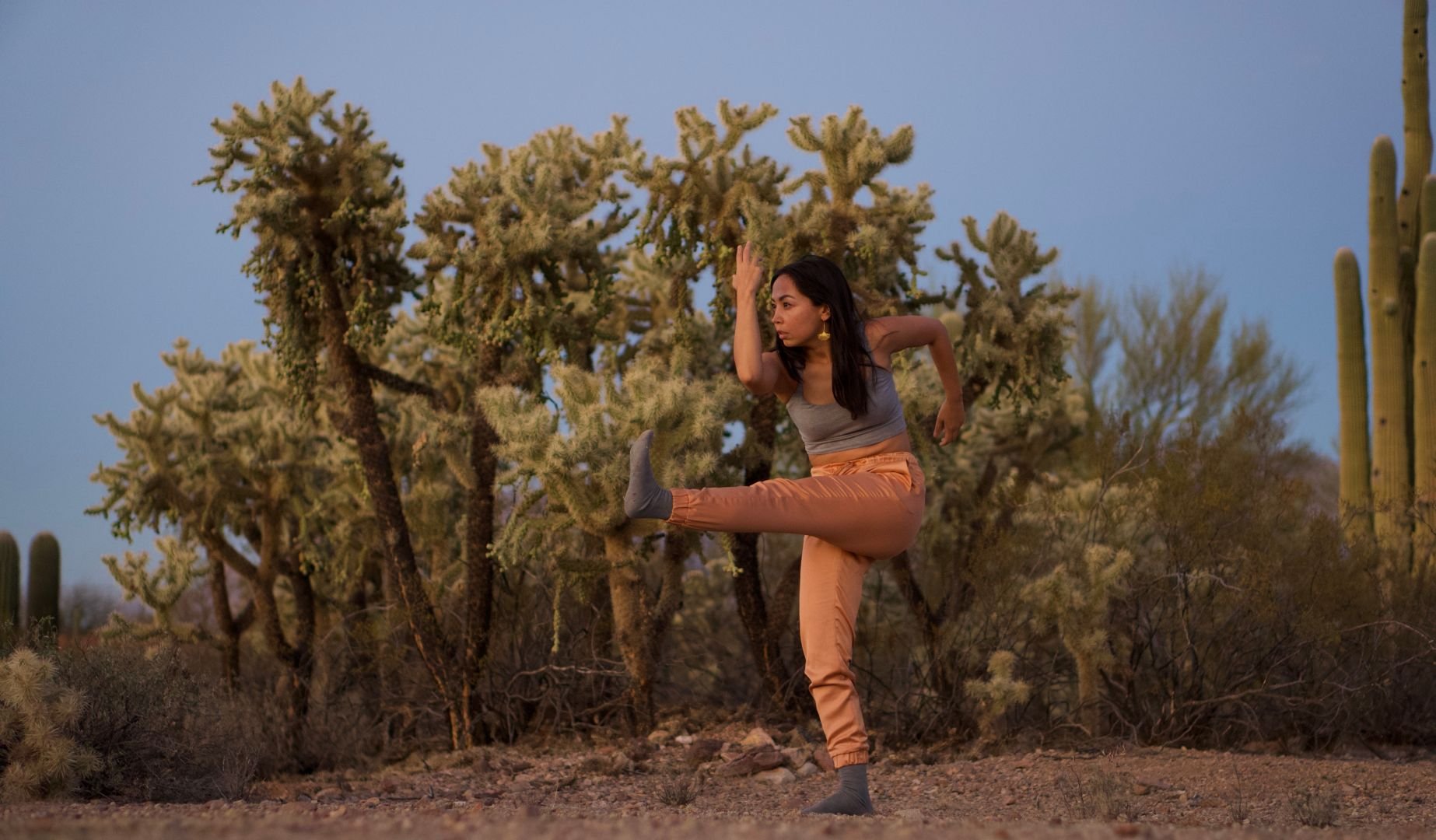my work
Breaking Pachanga
“I would like to share some of the resources I have come across as an invitation for you to join me in learning about these tender and layered histories— while we get to enjoy the beauty of these cultures, it is our duty to understand where they come from.”
From ruby:
The beginnings: Breaking Pachanga started as a practice of bringing together two dance styles that are near and dear to my heart, breaking and cumbia, while developing a de-colonialized, intentional process of teaching, learning, and creating dance rooted in the traditions of my culture. I am a first generation Mexicana born in the U.S. and when my family migrated they brought with them their love for cumbia. When I was little I begged my parents to teach me how to turn and do all the steps they did so I could dance with my tios, primas, and family members at the weddings, baptisms, and birthday parties. After years of watching and convincing family members to dance with me, I learned! Although this was the first dance style that lived in my body, it wasn’t until I was 21 that I realized it was a valid form of moving inside of concert dance. Around that same time I fell in love with breaking and hip hop. I became determined to show others that my sweet spirit could be tough and confident inside of this form. As one of few women practicing alongside bboys, I was set on proving to them and myself that I was capable. 3 years later I graduated from Arizona State University and applied for the Arizona Commission on the Arts’ Research and Development Grant. I received it and began my journey with Breaking Pachanga.
Some research: As I began to ask questions about both forms, their histories, their cultures, and their people, I began to find beautiful, complicated, and layered stories: the presence of young people’s efforts to embody resilience and joy in the late 70’s hip hop movement and the clear redlining of The Bronx that occurred; the distinct sounds of Indigenous, African, and European influence in cumbia and the presence of slavery in it’s history. I would like to share some of the resources I come across as an invitation for you to join me in learning about these tender and layered histories— while we get to enjoy the beauty of these cultures, it is our duty to understand where they come from.
Song: Los Gaiteros De San Jacinto- Fuego De Cumbia
Podcast: NPR- Cumbia: The Musical Backbone of Latin America
Article: The Cross Bronx Expressway and The Ruination of the Bronx
The rehearsal process: At the start of every Breaking Pachanga rehearsal we always check-in with one another. We sit in a circle and everyone shares something they need and something they can offer. This allows us to create space for everyone to be heard and for us to be responsive to one another during rehearsal. We have found that sometimes what one person needs is exactly what another person can offer. We understand that we are full human beings with life experiences that happen outside of the rehearsal space so this check-in gives us the opportunity to show up as full human beings, share resources, and practice creating a life affirming space.
Photo by Miranda June
the artists
SUPPORTED BY
2021 Arizona Commission on the Arts’ Artist Opportunity Grant
2021 Phoenix Stabilization Grant
2021 Tempe Performance Arts in The Park
2021 Phoenix Project Support Program
2019 Arizona Commission on the Arts’ Research and Development Grant


